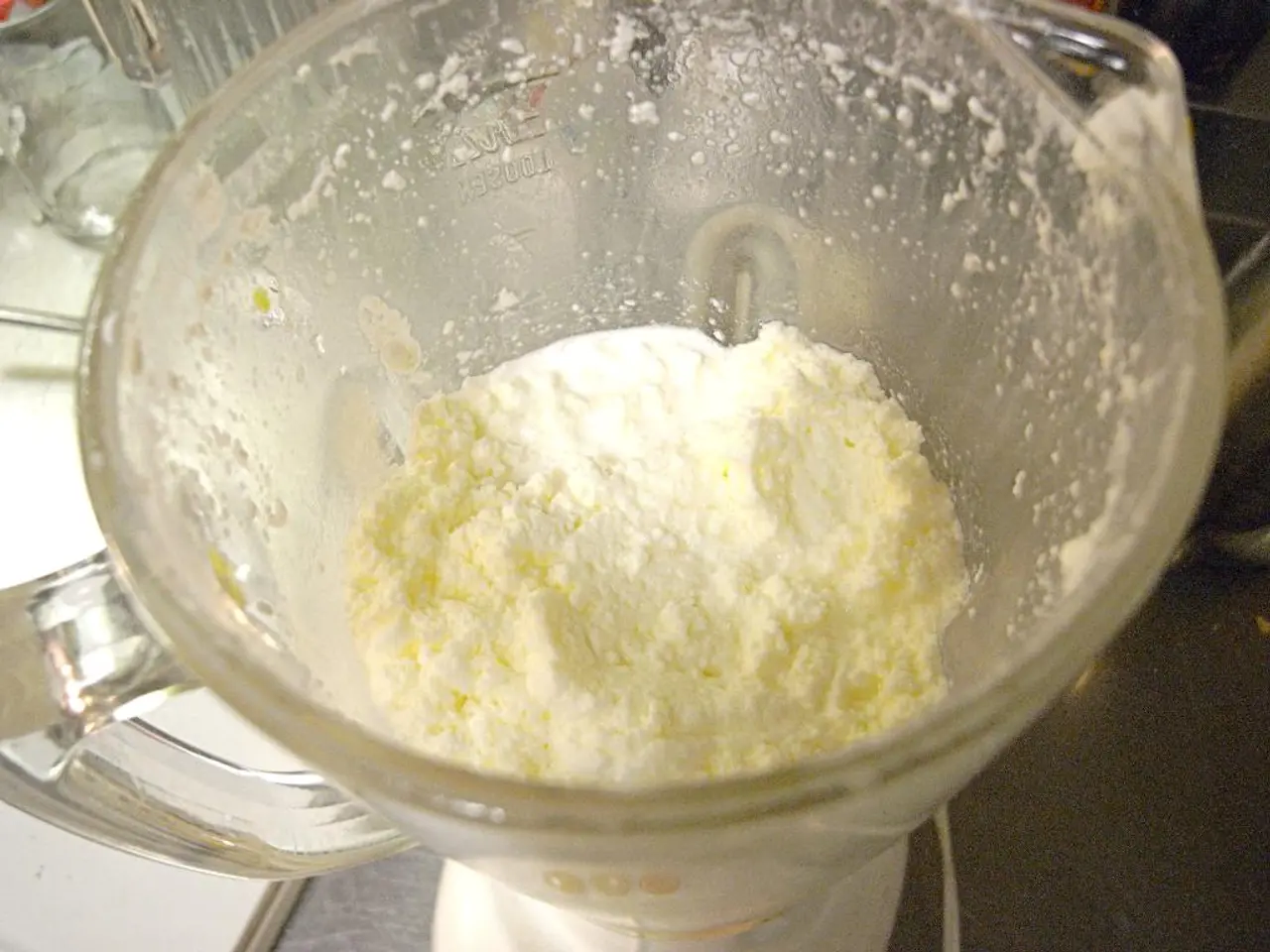Contest Between Silicon and Silicone: Methods of Application for Each Material
In the ever-evolving world we inhabit, silicon, a naturally-occurring element, has played a significant role in transforming our lives. Although it may share a striking resemblance with silicone, the synthetic product, the two substances are distinct.
Silicon's uses extend far beyond the production of silicone, impacting our everyday lives in various ways. Its diverse and extensive applications span across technology, materials, construction, and advanced optics.
- Semiconductor industry: Silicon is the cornerstone of the semiconductor industry, essential for producing microprocessors, integrated circuits, diodes, and transistors used in computers, smartphones, and various modern electronics. Its excellent electrical properties and the ability to modify conductivity by doping make it an ideal choice.
- Photonic and optoelectronic applications: Silicon photonics enables optical signal transmission and processing in integrated circuits, critical for high-speed data communication in data centers, 5G networks, and AI computing. The photoresponsiveness of silicon facilitates fiber optic communications and durable, low-cost optoelectronic devices.
- Microelectromechanical systems (MEMS) and sensors: Silicon is widely used to fabricate miniature sensors and actuators embedded in airbags, smartphones, medical devices, and other precision applications. Its mechanical and electrical properties make it an ideal material for these applications.
- Alloys and construction materials: Silicon improves the strength and oxidation resistance of alloys such as steel and aluminum, crucial in the automotive and aerospace industries. In construction, silicon-based compounds enhance the durability and strength of concrete. Silicon dioxide is a primary component of most glass products.
- Silicon carbide (SiC): This compound is used for high-temperature and high-voltage electronics, as well as abrasives and other industrial components needing robustness.
- Advanced manufacturing and optics: Thin-film silicon MEMS technology drives innovations in high-speed modulation for laser processing, maskless lithography, 3D printing, optical communications, and sensing applications, enabling high-resolution and high-power material processing.
- Research and emerging technologies: Silicon is a model system in material science and quantum research, with potential applications in quantum computing due to its well-understood crystal properties and quantum-scale effects.
In summary, beyond silicone polymers, silicon’s unique combination of electrical, mechanical, optical, and chemical properties makes it indispensable across a broad spectrum of industries, from everyday glass to cutting-edge data communication and quantum computing. The versatility and importance of silicon are undeniable, shaping our world in ways both seen and unseen.
- Science: Silicon's extensive applications in various industries showcase its significant role in advancing numerous scientific fields, such as electronics, chemistry, and optics.
- Technology: As a cornerstone of the semiconductor industry and an essential component in nanotechnology, photonics, sensors, and advanced materials manufacturing, silicon plays a crucial role in the continuous development of technology.




